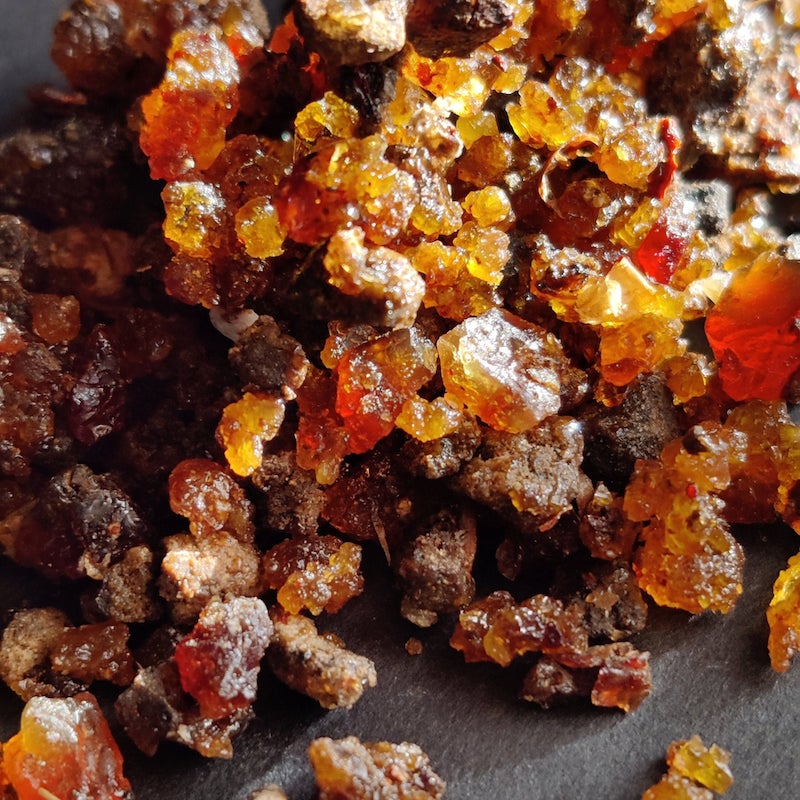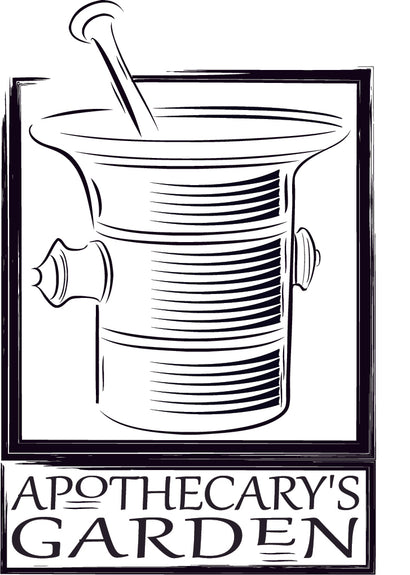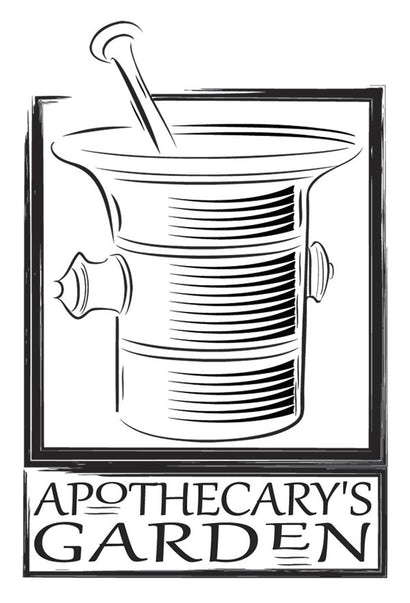


Ornifolia Myrrh-Extremely Rare!!
Ornifolia Myrrh resin comes to us from the island of Socotra via Yemen where it is used as an incense material and in traditional medicine.
Until recently I had not heard of Ornifolia Myrrh resin. And I've been around for a while...
This resin is not commercially harvested but collected for local use in southern Yemen. To the best of my knowledge, the resin is a natural exudate that is collected without stressing the trees.
It is a unique find for those who appreciate the rare and unusual.
From what I gather, in Yemen, this Ornifolia Myrrh resin is boiled in milk and consumed before bed to alleviate digestive issues.
Commiphora Ornifolia resin has a similar stickiness to its cousin in India, Commiphora Mukul, AKA Gugal, which is used extensively in Ayurvedic medicine.
I have heard of C. Ornifolia being likened to a blend of Frankincense and Myrrh. On the electric heater, C. Ornifolia burns with a sweet/salty spiciness that reminds me of the smell of fresh-made exotic confections wafting through the narrow cobbled alleys and lanes of an open-air soukh in some faraway land.
Though it may be compared to a blend of Frankincense and Myrrh, one can also say with certainty that it smells like neither.
Sticky Ornifolia Myrrh resin can be burned on its own or compounded with powdered aromatics and essential oils to prepare incense pellets and pastilles where it may soften harsher notes and help to balance a composition.
Like many other Myrrh types, it does not melt into the coal or pool on the burner due to the presence of water-soluble gum.
Dan
Materials: Sustainable resins, Somali resins, Myrrh Yemen, Commiphora Ornifolia, Myrrh, incense, incense resin, Natural resins, Fresh Myrrh, myrrh incense, Yemen incense, Rare Myrrh, Commiphora resin.





